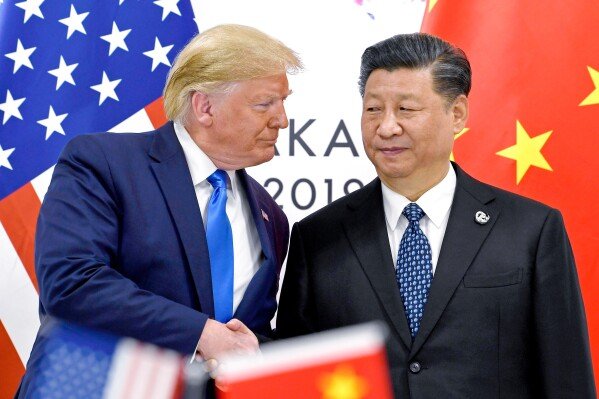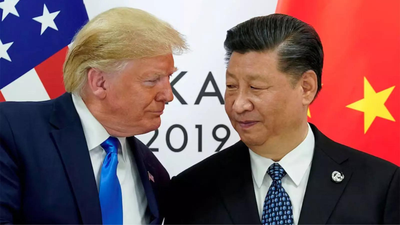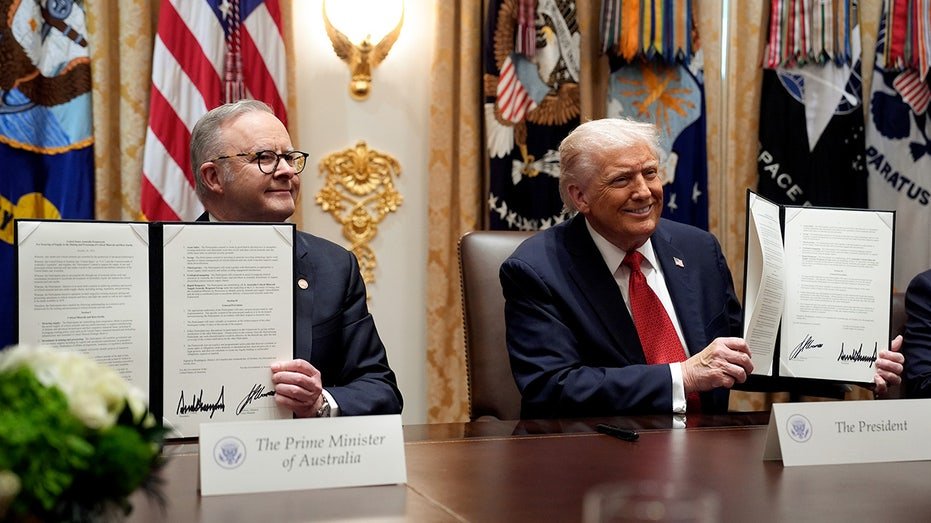China is accelerating work on a multi-layered ocean surveillance system known as the Transparent Ocean strategy, designed to track submarines from the seabed to space and challenge US and allied undersea operations, according to Defense One on October 15.
As reported by Defense One, the People’s Liberation Army (PLA) is building an integrated sensor network stretching from the seabed to orbit.
This architecture—referred to as the Transparent Ocean—links satellites, buoys, autonomous underwater vehicles, and seabed observatories into a continuous surveillance grid.
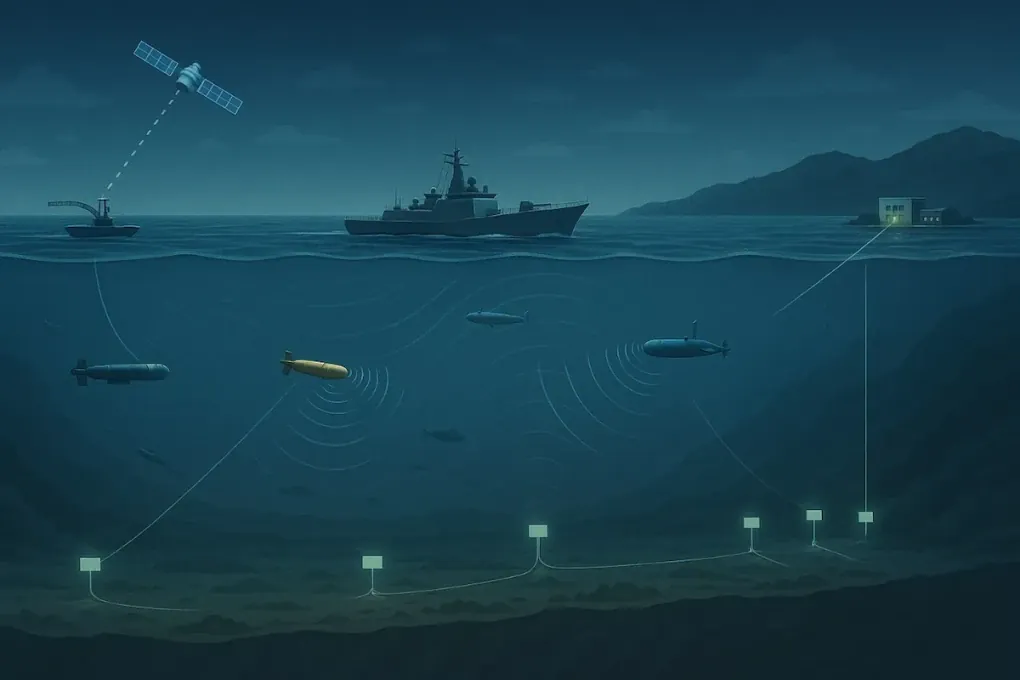
The system aims to eliminate blind spots for submarines, providing what Chinese researchers describe as an “invisible net” across the western Pacific.
The network’s five layers include:
-
Space-based satellites (the Ocean Star Cluster) using radar and lidar to identify areas of interest;
-
Surface nodes such as unmanned vessels and smart buoys that act as routers for oceanic data;
-
Midwater gliders and underwater vehicles patrolling the water column to detect submarines;
-
Seabed observatories, linked by cables, that host passive sonar arrays and serve as recharge points for unmanned vehicles;
-
A command network called the Deep Blue Brain that fuses sensor data and directs strike operations.
During the Joint Sea-2025 exercises with Russia near Vladivostok, Chinese and Russian forces reportedly shared real-time hydro-meteorological and air-sea data, testing aspects of this system.
According to Defense One, the drills demonstrated China’s progress toward a fully automated “kill web”—a self-healing combat network capable of rerouting data and maintaining operational awareness even under attack.
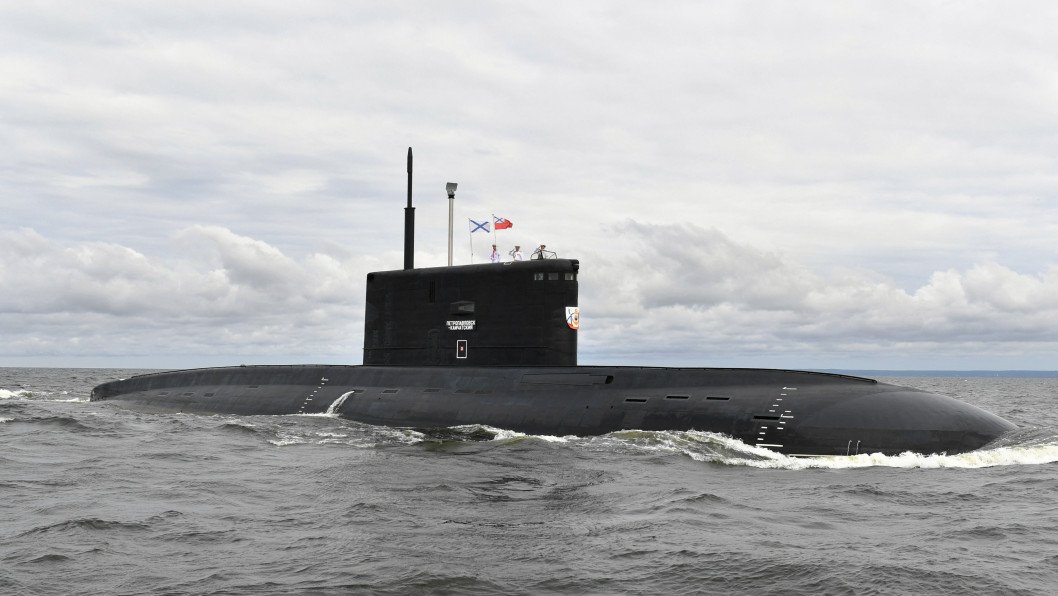
Academic and research institutions in China have played a key role in the network’s growth.
Zhejiang University’s Zhairuoshan observatory connected seabed sensors to shore as early as 2014, while the China Academy of Electronics and Information Technology now operates a cross-domain maritime network covering space, air, and subsea domains.
Ocean University of China has also deployed the Kuroshio Extension observation chain, monitoring one of the Pacific’s most active corridors.
At the same time, China’s extra-large uncrewed undersea vehicle (XLUUV) program—launched under “Project 912” by the Shenyang Institute of Automation—has provided test platforms for advanced sensors and power systems.
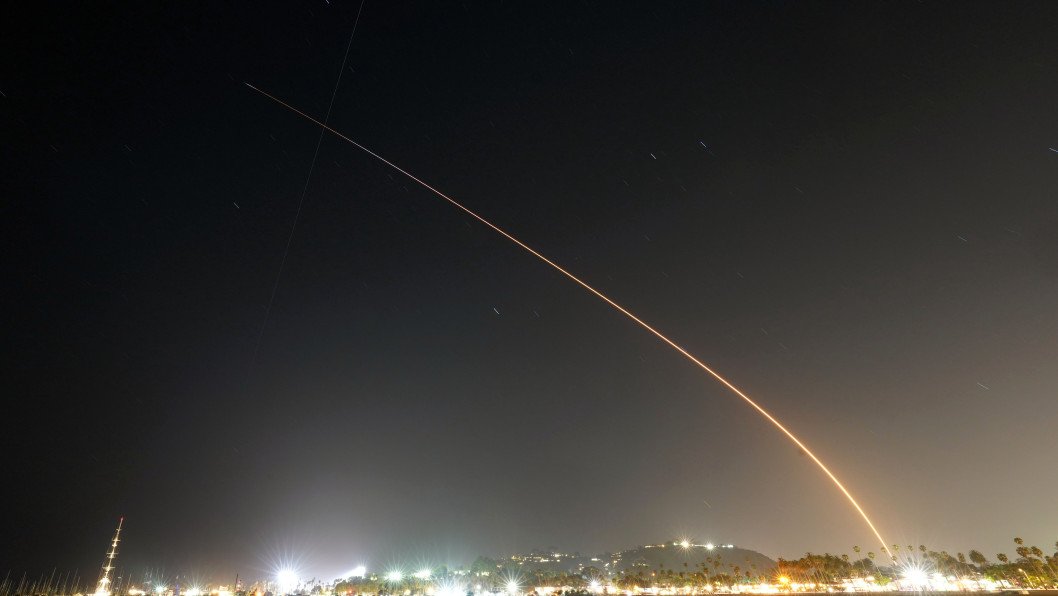
According to Defense One, universities including Tianjin and Harbin Engineering are developing gliders, buoy relays, and energy-harvesting technologies to sustain long-endurance underwater patrols without surfacing.
Analysts cited by Defense One note that the Transparent Ocean initiative forms part of China’s broader civil-military fusion strategy, bringing together academic research and military applications.
The system’s eventual deployment in key maritime choke points—such as the South China Sea, Taiwan Strait, and the approaches to Guam—could significantly constrain allied submarine operations and intelligence missions.

Experts suggest the United States and its allies may need to respond with a “mesh-versus-mesh” approach: developing counter-sensing, counter-UUV, and deception tactics to undermine the PLA’s expanding network.
Such measures could include joint exercises in underwater jamming, decoy deployment, and long-duration UUV operations independent of human support.
Earlier in April 2025, Chinese military researchers claimed a breakthrough in hypersonic glide vehicle (HGV) technology, announcing the potential to launch global strike weapons from space-based platforms. The system could deliver targets worldwide within 30 minutes, though it remains vulnerable to infrared detection and terminal-phase limitations.



